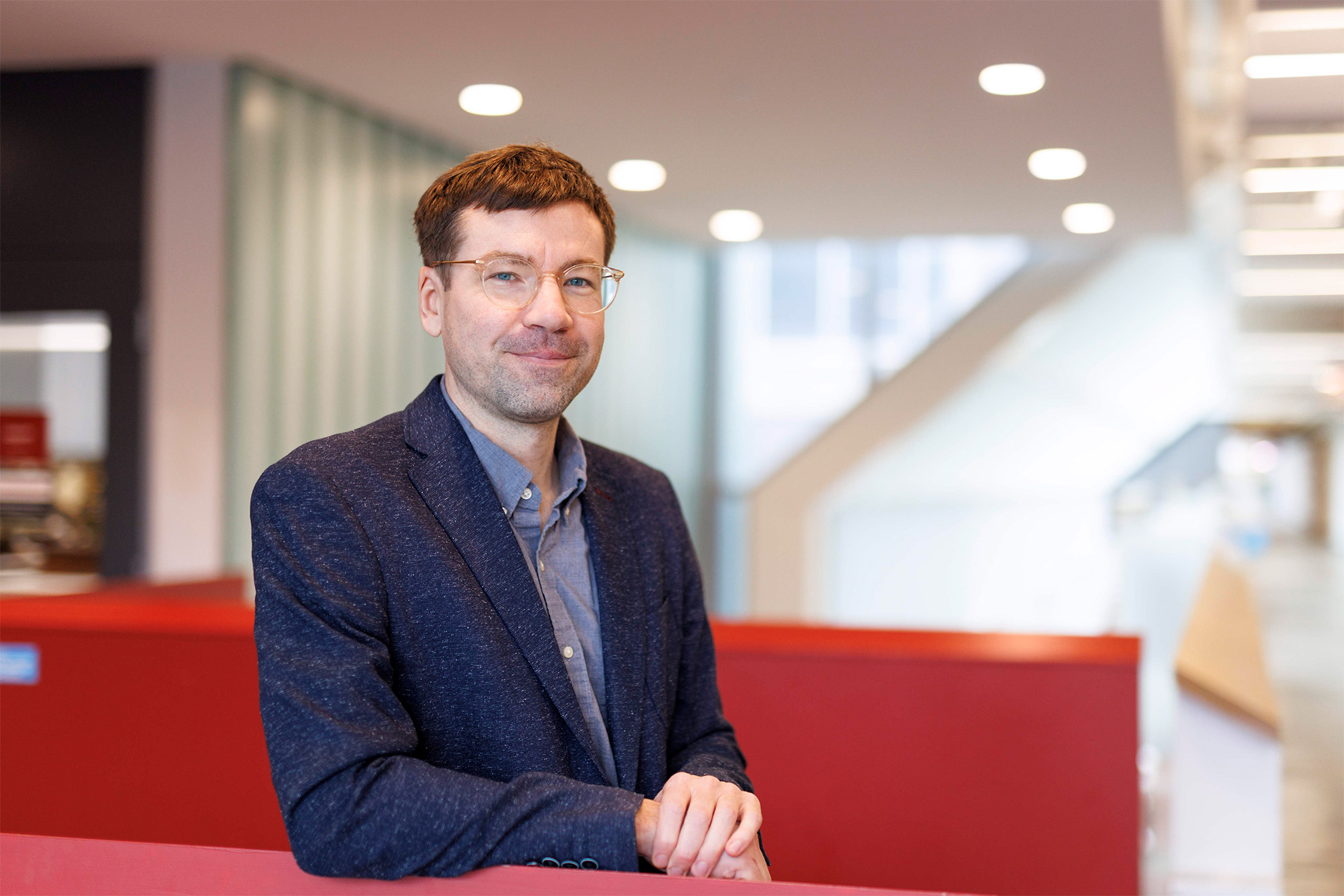
"Keeping the peace in the Cold War was a matter of MAD, or mutually assured destruction, with both the U.S. and Soviet Union racing to develop and amass ever more deadly weapons to keep the other at bay and maintain an uneasy status quo. The problem, according to Benjamin Wilson, was the chief proponents of that early brand of arms control, an elite group of science advisers, "wore a progressive face" but ended up " protecting existing structures and domestic arrangements, foreclosing the possibility of more radical transformations." That's the argument Wilson, an associate professor of the history of science, makes in his new book, " Strange Stability: How Cold War Scientists Set Out to Control the Arms Race and Ended Up Serving the Military-Industrial Complex.""
"In this edited interview, Wilson discusses the doctrine of "strategic stability" and the downside of the American cultural myth of the independent scientist who saves society from itself. The book takes a look at the narrative that grew up around the arms control movement. Can you describe it? In the 1950s, the U.S. and the Soviet Union started building these big arsenals of intercontinental bombers and ballistic missiles that could carry out devastating attacks very quickly."
During the Cold War, mutually assured destruction (MAD) and an escalating arms race shaped U.S. and Soviet strategy. An elite group of science advisers developed and promoted the doctrine of strategic stability to prevent first strikes and accidental war by hardening missile defenses and dispersing forces. Those policies legitimized vast arsenals and sheltered existing military and industrial arrangements, limiting avenues for deeper disarmament. Cultural beliefs in independent savior-scientists also insulated policy choices, helping entrench institutions and foreclose more radical transformations of defense and domestic structures.
Read at Harvard Gazette
Unable to calculate read time
Collection
[
|
...
]